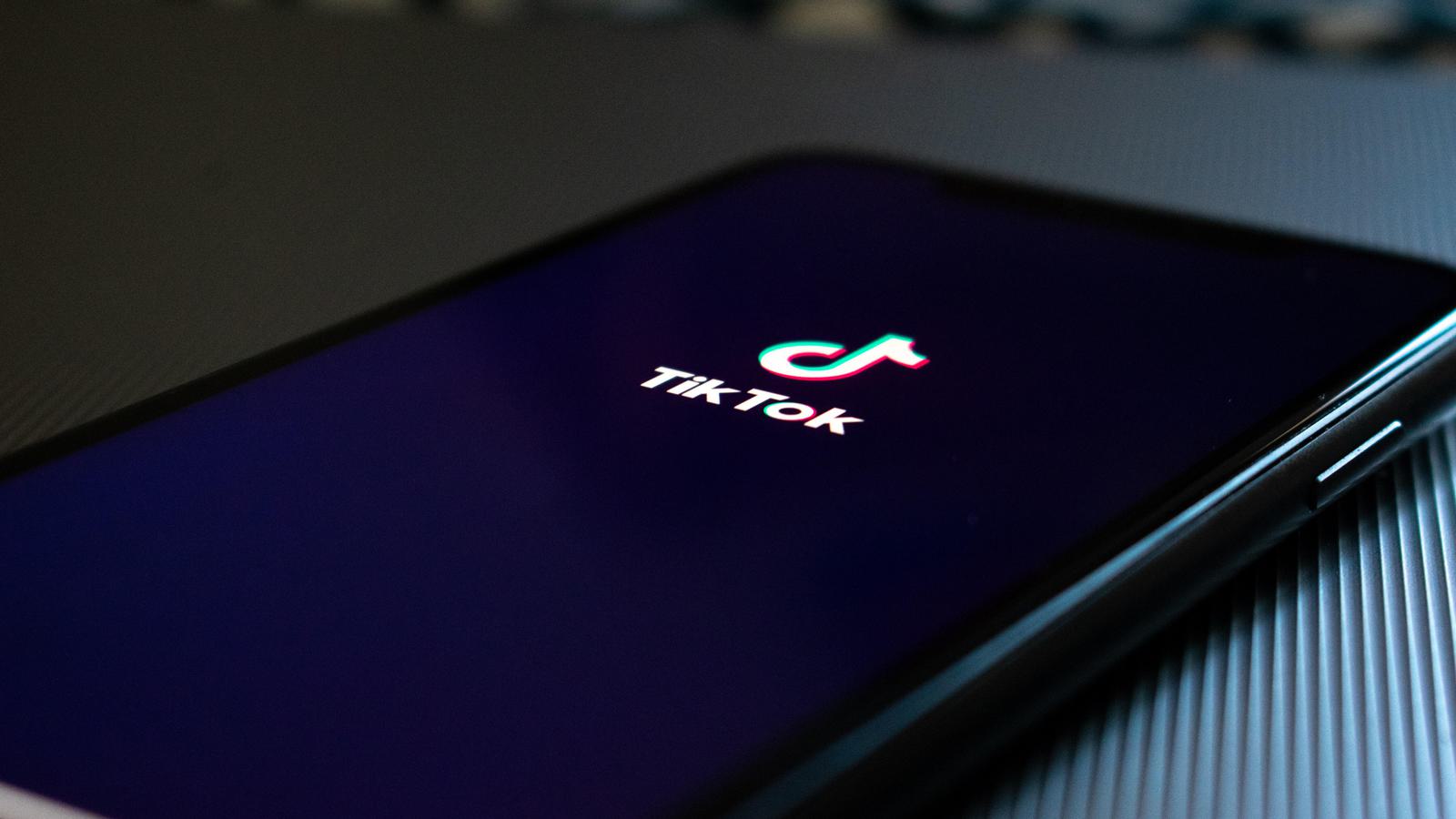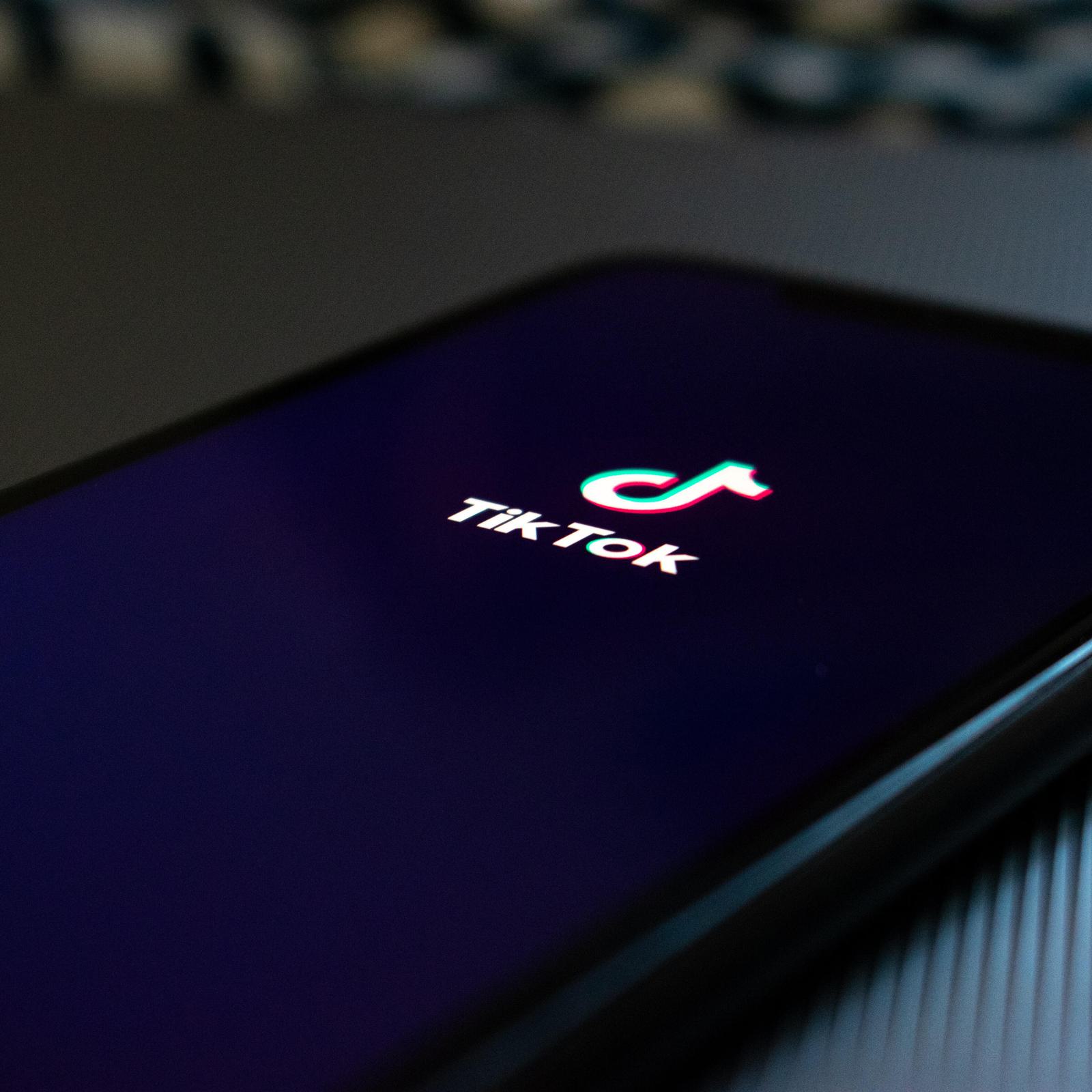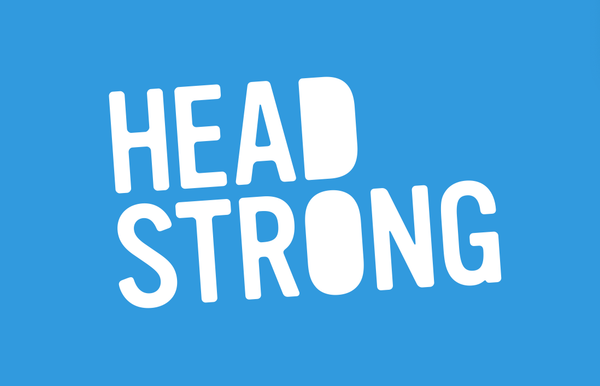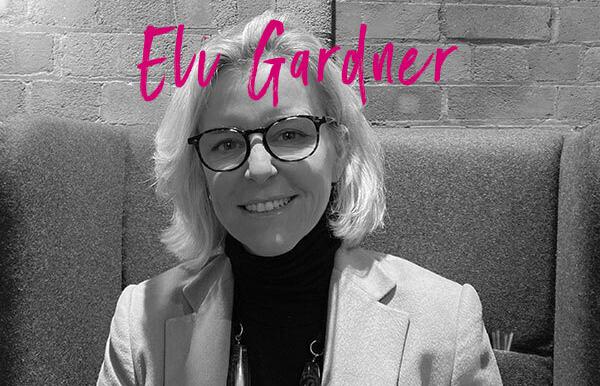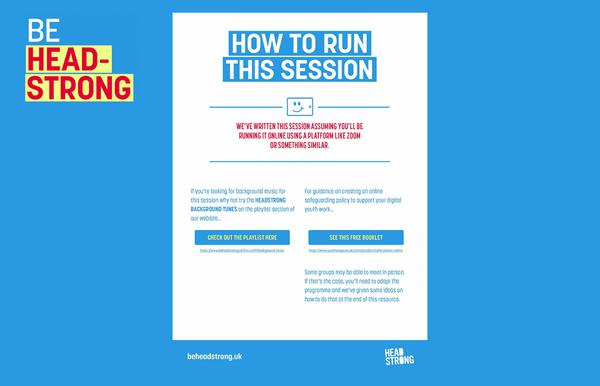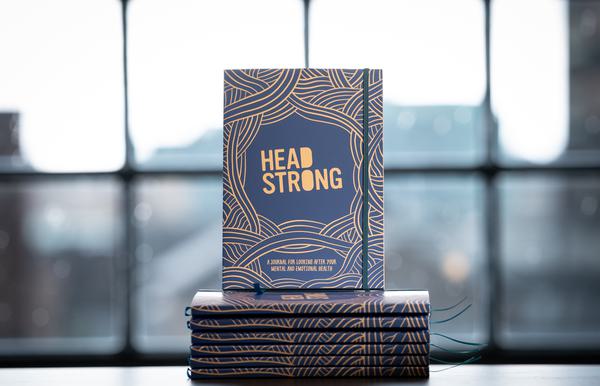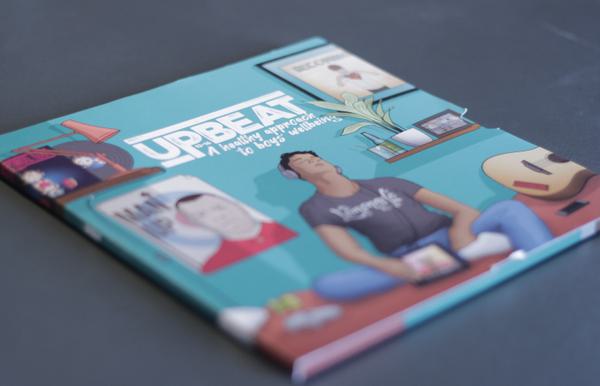TikTok has struggled this week to contain widely shared graphic footage of a man killing himself. How do we support young people to navigate the possibility of suddenly viewing traumatic content on a social media platform designed to keep them watching?
If I was to ask you not to think about a pink elephant, what would happen?
Yep.
Try as hard as you might, you wouldn’t be able to stop dropping into your head a big pink trunk and tusks.
Or what if someone was to shout, ‘Don’t look behind you!’
Where might you look? Behind you of course!
Instinctively your fight or flight response would kick in, but so too would something equally primitive. Your curiosity. ‘What’s so bad that I can’t turn round and look at it?’
Once I was leading a youth session about sex. I told them that many of the messages they might hear about sex aren’t factual or helpful.
‘Like what?’ one of them asked.
As I started explaining some of the myths of sex presented by Pornhub or some music videos, I watched eleven pairs of eyes widen in curiosity. In trying the correct misinformation I had given them new information, or at least a new place to find the misinformation for themselves!
We know that young people are drawn to explore the unknown – and to be more reckless with their curiosity which is why warnings don’t always work. Telling a youth group not to leave their dorms at night on the youth weekend away, because ‘the corridors between the girls and the boys dorms are being guarded by a patrol of killer badgers’, tends to ensure everyone is wide awake all night trying to defy the vicious beats and get into each other’s bedrooms.
This isn’t a judgement on young people, far from it. Their insatiable desire to know what’s out of reach and to explore new limits is not only potentially a destructive aspect of adolescence, it’s also instructive. When a young person’s curiosity is piqued their brain enters a state where they are more readily able to explore and grasp something. And their desire to push boundaries means they’re more likely to act courageously about their new discovery. When Rani heard her youth leader speak passionately about how unjust it is that people are living and dying without knowing Jesus, she signed up there and then to join her church’s street evangelism team. At 12 she was not only the youngest person to join the team, she was also the boldest.
Courage & curiosity
Helping young people navigate their curiosity is part of the education and nurturing work we’re called to. We’re not about making young people’s decisions for them (although as my 8-year-old enters her tween years I find that concept harder to swallow!), but we are about developing highly effective strategies to help them develop positive behaviours for life in a world we didn’t grow up in.
Evaluating consequences and making good choices based on that reasoned thinking is governed by the assessment capabilities of the prefrontal cortex, an area in the brain that doesn’t fully develop until the mid-twenties. It’s no coincidence that Pandora’s box of horrific powers was opened by a young adult. Her curiosity compelled her to push against the boundaries. Not to do so would have meant dealing with something worse than potential negative impact, and that’s the reality of an unresolved mystery.
‘It’s better to know how bad it is, than to not know what it’s like. I just wanted to see for myself.’
And herein lies the nub of the problem.
How do we support young people to navigate the possibility of suddenly viewing traumatic content on a social media platform designed to keep them watching? If the goal of social media is to help young people stay connected, with the ‘in’ crowd, then what do they do when the vehicle for being part of the ‘in’ crowd is throwing up things they’re being told not to be ‘in’ with? Being warned by other users of TikTok not to view certain things because, ‘We’ve seen them and they're horrible,’ doesn’t work if it means you’re missing out on the thing that everyone else seems to be ‘in’ on.
This is a challenge for parents and carers at the best of times, but especially tricky when there’s a graphic video doing the rounds.
Live-streamed suicide
Right now TikTok is trying to remove videos of a man sat at a desk and committing suicide by shooting himself. The footage, which has been circulating on the app for several days, originated on Facebook and has also been shared on Twitter and Instagram. TikTok are banning accounts from people who are re-uploading the clip, but the most disturbing part of the video has been sliced up and hidden inside more innocuous looking TikToks.
TikTok users have been quick to report the videos and to post their own warnings to other users to swipe away when the image of a man with a beard sat in front of a desk appears. I’m glad these warnings are out there. Rates of attempted and completed suicides in teenagers in the West are worryingly high. Removing information on suicide methods from the internet and encouraging internet safety is one of the recommendations from research into teenage suicide for bringing the rates down. Supporting young people struggling with suicidal ideation should be a whole society concern. So, I’m deeply concerned that all young people, and especially those most vulnerable to the exploitative power of seeing suicide, are heeding the warnings and swiping away.
But I’m not sure they are. And this isn’t just because young people find it hard to asses risk. It’s also down to the medium this is all happening on.

It’s hard to divert young people into positive behaviours without talking about boundaries, but before we do that, we need to understand how incredibly difficult it can be for young people to exercise caution when they’re on platforms that mitigate against them establishing boundaries. How does Instagram help users reduce their scrolling time or handle complicated feelings of FOMO? How does Minecraft support its users to have more online / offline balance in their lives? Internet technology and in particular social media apps are designed to draw you in and keep you in. So why would you not watch what’s being seen and commented on by everyone else?
Of the young people I’ve asked about this video, all of them had heard of it but none of them had seen it. One of them even expressed frustration about not having been able to see it so that they could warn others about it. Which is a complicated response when you think about it.
Companies like TikTok have the most enormous responsibility to remove illegal, damaging, exploitative, graphic content from their apps because their whole modus operandi is to make you watch what they’ve got.
But young people are not powerless in the face of big companies like TikTok and others. Perceived control increases young people’s capacity for taking charge of their choices even when they’re unwittingly on the receiving end of content they’re not chosen to view, or don’t want to view. Having positive conversations with young people and in wider culture about safe internet use, adds to young people’s sense that they are able to shape their environment and own their own decisions.
So what can we do in response to the current TikTok video?
1. Be informed
As youth workers we don’t need to know everything about the latest issue, or to be experts in trauma therapy etc. But it’s good to develop a working curiosity about what’s happening in culture and a robust understanding of our safeguarding responsibilities.
2. Check in
Who are the young people most at risk of being negatively affected by both seeing this video, and all the attention being paid to it? Child Psychologist Dr Eli Gardner on a recent YS podcast talked about the importance of reading young people well and creating the safe, trusting space where we can allow young people we know are struggling, to ask for help.
‘Check in with young people who you think are already struggling. Don’t be afraid to ask, ‘Do you feel suicidal?’ That question doesn’t get asked enough and can be an enormous relief to young people who are thinking about it. It doesn’t make them feel suicidal if they’re not, but it means that if they are planning something they are able to say. And that’s when you trigger your safeguarding.’
I’ve also checked in with a couple of the older youth at church about what they know of the video and how they feel young people are being affected by it.
One of the challenges right now is that we’re not having our regular face-to-face contact with young people where we could more naturally raise the conversation. But don't let this stop you from checking in with young people you sense may be struggling. A phone call, text etc is vital.
3. Direct information
It’s important to ask yourself who needs to be informed about the video on TikTok? Rule of thumb for me is the adults in our church with parental responsibility, and those working with young people. Parents/carers of younger youth are more likely to be able to implement boundaries around accessing TikTok over the next 72 hours as the film is removed. Parents/carers of older youth need a heads-up to look for signs of increased anxiety in their young people or to be prepared to ask questions / be a supportive sounding board for young people who have seen it.
The majority of parents find it helpful to be in the loop with you in supporting their children. Some will use it as a chance to expect you to police everything, or to be critical of other parents who ‘allow’ their kids to have smart phones etc. So be wise in how you communicate to parents. Is a mass text the best? Or email? Or a phone call?
4. Soft information
Now is a good time to reinforce among young people the more general positive messages around staying safe online and who they can talk to if they see anything that confuses or upsets them.
If ever you stumble across something you don’t want to see you can:
- swipe away
- put device down
- report it to TikTok. To report an account, go to the profile in question, tap the settings icon and tap ‘Report’
- tell someone you trust
5. Intentional community
During lockdown the church youth group I’m a volunteer at moved online. Up until that point we only met weekly and as we were a new church (less than 5 months old) and our relationships with the young people were fragile. The youth WhatsApp group has been dynamite for accelerating a strong sense of real community among our young people and leaders when we couldn't see each other. It’s still going strong (we’re not a big youth group) and I’ve noticed how it’s offering a protective and plausibility shelter for the young people as they journey back into school / college and navigate the challenges of life. With good safeguarding and protocols, online work with young people can be a powerful way to install a sense of deep belonging and affirmation, at a time in their lives when they are most vulnerable to the damage of un-belonging and rejection.
6. Share your journey
Empathy from someone you trust and respect is powerful. Life changing almost. Last year I deleted my Instagram account because of the dark feelings of jealously it was stirring in me. I spent a miserable wet summer raging against the glorious sunshine experiences my friends in the south were having! I quickly came to realise that jealously is a well that keeps giving, so I had to take affirmative action to deal with it. When I ‘came off’ insta, local young people were intrigued. One girl I mentor was emboldened to feel she could do the same. I often think that telling young people they can some off social media if it’s hurting them is like telling them that they can remove their leg if their shoes are rubbing – it’s just not received as a realistic option. But being in the orbit of someone who is seeking a wise rhythm of life and self-care can be transformative. Will Van Der Hart talks about how we all have the capacity to unlock our own disciplines, so let’s model that well.
7. Further thinking
Curiosity is a good, natural part of growing up, but that needs to be balanced. Our role is to help young people build resilience against the new norm of the culture of FOMO. Christian mental health charity ThinkTwice is an excellent resource for this. Alumina is a support service for 14-19-year-olds struggling with self-harm (see video above). Another resource is Youthscape's new wellbeing platform Headstrong. It’s a website made for young people to help them develop their mental health and emotional wellbeing, asking their own questions and learning from others' stories. It launched just last week, and you can find it here.


